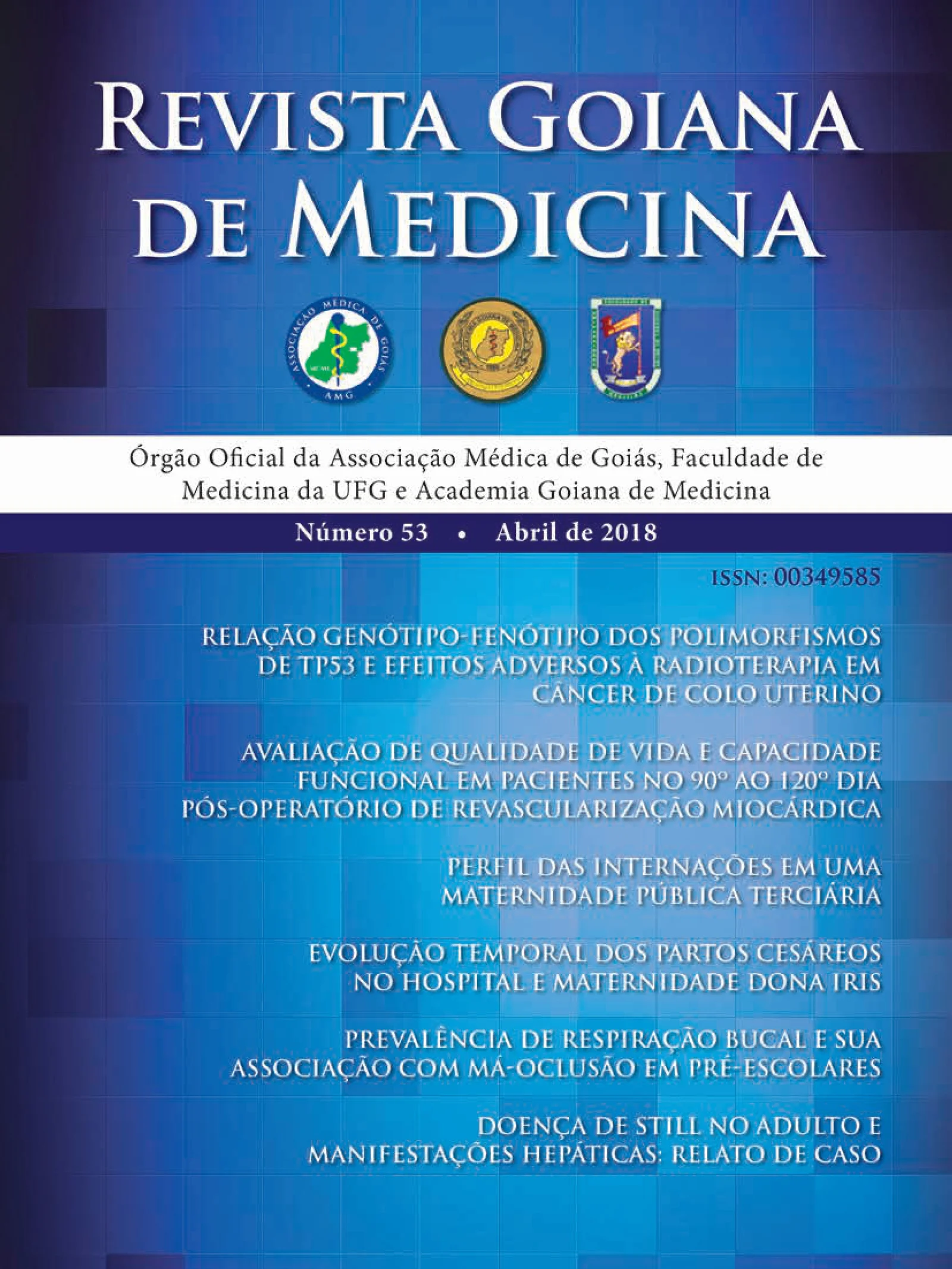Prevalence of mouth breathing and its association with malocclusion in preschoolers
Keywords:
MOUTH BREATHING, MALOCCLUSION, SLEEP, ORAL HABITS, EPIDEMIOLOGY, CHIDLRENAbstract
Objective: To estimate the prevalence of mouth breathing and its association with malocclusion in preschool children. Methods: Cross-sectional observational study. The sample comprised 150 children aged 4 and 5 years attending the Municipal Centers of Early Childhood Education in Goiânia, Goiás. Data were collected through interviews with parents and clinical evaluation of the children to verify the respiratory pattern, occlusal characteristics and other morpho-functional changes. For the diagnosis of mouth breathing, a criterion adapted from previous studies was adopted, being considered a relevant factor the absence of lip sealing. Diagnosis of malocclusion was based on the criterion of the last national oral health survey, SB-Brazil Project 2010. Results: The prevalence of mouth breathing was 66.7% and the prevalence of malocclusion was 46.7%. The proportion of mouth breathing children was statistically higher in the group of children with malocclusion than in the group of children with normal patterns of occlusion (80% vs 55% ¸ P = 0.001). Mouth breathers had a 3.3-fold increase in the chance of malocclusion compared to the children with normal breathing patterns. Conclusions: The prevalence of mouth breathing is very high in the population of low-income preschool children enrolled in public education centers of the municipality of Goiânia. There was a statistically significant association between mouth breathing and malocclusion.


